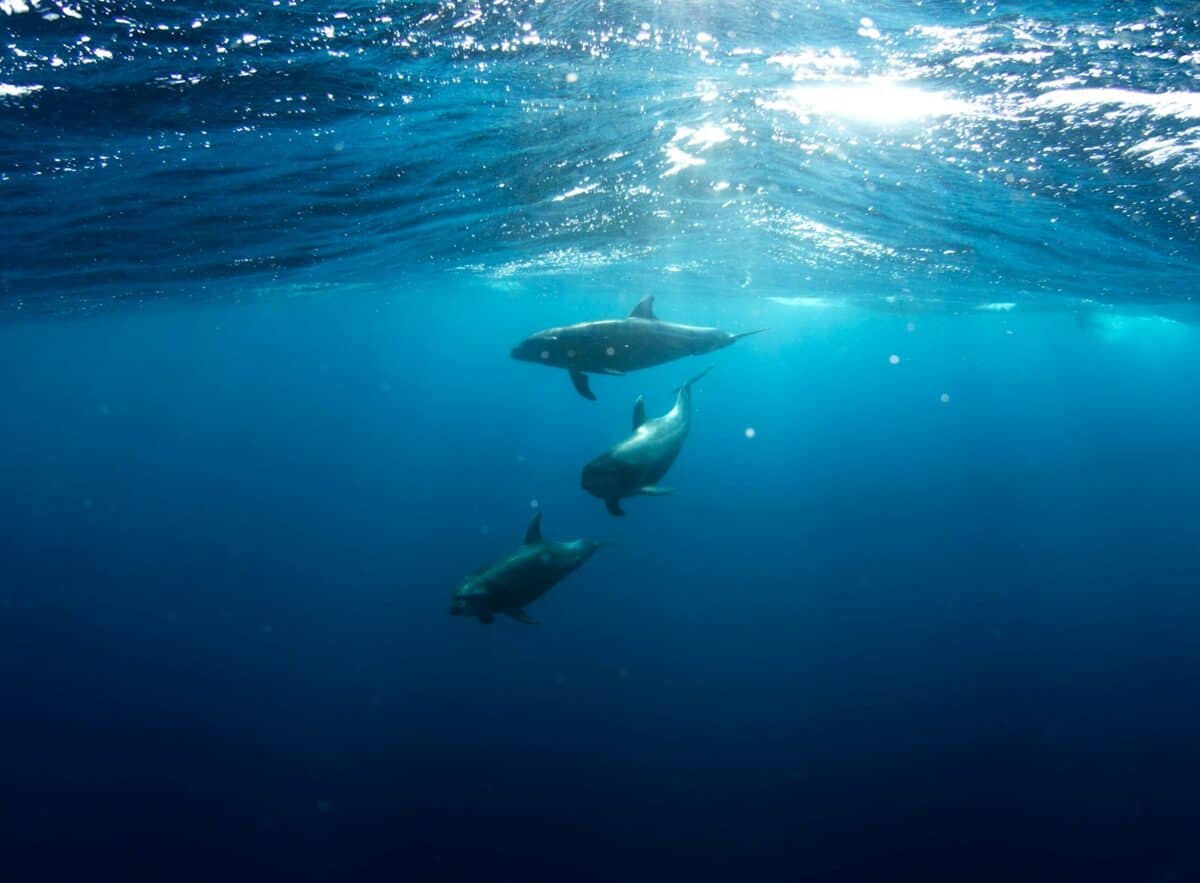Recently, scientists and marine biologists have observed a fascinating trend: whales are altering their long-established migration routes. This revelation is intriguing, not only for those who study marine life but also for enthusiasts eager to understand the underlying reasons for such changes. As whales navigate the vast oceans, their journey impacts ecosystems and the human communities that rely on these majestic creatures. But why are they changing their paths? This article delves into the mystery behind this phenomenon, examining the intricate factors influencing whale migration and the broader implications for our planet.
The Historical Whale Migration Patterns

Traditionally, whales have followed predictable migration routes, often spanning thousands of miles. These journeys are driven by the search for abundant feeding grounds in colder waters during summer months and warmer breeding grounds in winter. Species like the humpback, gray, and blue whales are renowned for their long-distance migrations, some traversing entire oceans. These consistent paths have been crucial for the survival of whales for centuries, allowing them to exploit seasonal abundance effectively.
Unraveling the Recent Changes

In recent years, satellite tagging and observation have revealed a shift in these established migration routes. Some whale populations are arriving earlier or later than usual at their destinations, while others are choosing entirely new routes. This deviation poses questions about the fundamental changes occurring in marine ecosystems and broader environmental conditions affecting marine life.
Climate Change: A Driving Force

Climate change stands out as a major factor in altering whale migration routes. Rising ocean temperatures, melting ice caps, and changes in salinity affect the distribution of prey species, such as krill and small fish. As these foundational elements of the marine food web shift, whales are forced to adapt their migratory patterns to align with new feeding locations. The implications of climate change on ocean currents also play a significant role in this monumental shift.
Changing Prey Availability and Distribution

Whales primarily follow migrations of their prey, making the availability and distribution of prey species crucial to their own routes. Changes in water temperature directly impact the habitats of prey species. If prey moves to different locations or if their population diminishes, whales must adjust their migratory path accordingly, illustrating an ecosystem in flux.
Human Activity and Its Impact

Human activities contribute significantly to changes in whale migration. Shipping lanes, fishing industries, and marine constructions introduce noise pollution and physical barriers that disrupt whale navigation. Additionally, overfishing and pollution reduce prey availability, compelling whales to travel further or reroute to find sustenance, highlighting the intertwined relationship between human progress and marine health.
Technological Advances in Tracking Whale Migrations

The study of whale migration has advanced significantly through technology such as satellite tagging and acoustic monitoring. These technologies provide comprehensive data on whale movement, allowing researchers to observe shifts in migration patterns in real-time. Their findings offer insight into how far and how often whales diverge from their historical paths, paving the way for deeper understanding and conservation efforts.
The Role of Social Structures in Whale Behavior

Whales are social animals, and their migratory behavior is often influenced by their complex social structures. Any changes to their typical migration could be a result of group decisions or shifts in leadership within pods. Social learning and adaptation are essential, particularly when groups decide to explore new routes or adopt different feeding strategies.
The Importance of Flexibility in Migration

While traditional routes have defined whale migrations, flexibility is a vital trait for survival. Whales demonstrate remarkable environmental adaptability, showcasing their capacity to respond to rapid changes. This adaptability emphasizes the importance of dynamic conservation strategies that consider flexible migratory patterns while ensuring the availability of critical habitats along the new routes.
Potential Implications for Ecosystems

Whale migration impacts entire ecosystems. As whales shift their routes, the ecosystems they once frequented experience changes in nutrient cycles due to the absence of these large marine mammals. On the flip side, new areas may experience increased ecological activity due to the arrival of whales, creating a ripple effect that influences marine biodiversity and health.
Conservation Efforts and Challenges

The changes in whale migration patterns necessitate a re-evaluation of conservation efforts. Protecting critical feeding and breeding areas along new routes becomes essential. Challenges include managing human activities, such as shipping and fishing, in these regions to minimize disruption. International collaboration is also crucial, given the cross-border nature of whale migrations.
Future Outlook: Monitoring and Adaptation

Continued monitoring and research are essential to understanding the long-term implications of altered whale migrations. Adaptive management strategies that incorporate climate predictions, technological advances in tracking, and evolving conservation frameworks will be necessary to adequately support whale populations. This proactive approach will help mitigate the impacts of changing environments on these essential creatures.
Conclusion: Embracing and Understanding Change

Whales’ shifting migration routes highlight an ocean and planet in transition. While presenting challenges for conservationists and marine biologists, they also offer a profound opportunity to deepen our understanding of marine life and ecosystem dynamics. As we unravel these mysteries, one thing is clear: the resilience of whales and their ability to adapt serve as a powerful reminder of the ever-changing nature of life on Earth—and our responsibility to protect it.
- Take a Walk On the Lion’s Side of Life - June 26, 2025
- Hidden Spots to Witness the Monarch Butterfly Migration - June 26, 2025
- Animals in Film: Fact, Fiction, and Filmmaking Tricks - June 26, 2025

